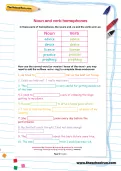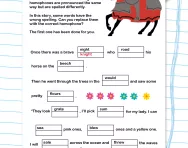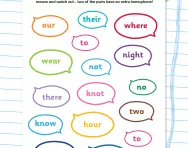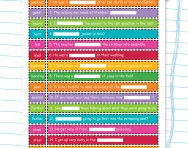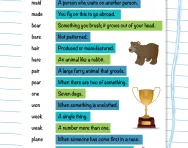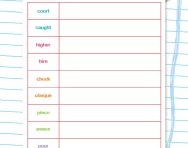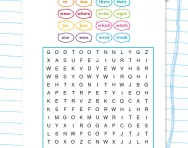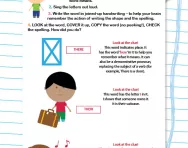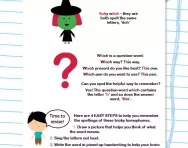TheSchoolRun.com closure date
As we informed you a few months ago, TheSchoolRun has had to make the difficult decision to close due to financial pressures and the company has now ceased trading. We had hoped to keep our content available through a partnership with another educational provider, but this provider has since withdrawn from the agreement.
As a result, we now have to permanently close TheSchoolRun.com. However, to give subscribers time to download any content they’d like to keep, we will keep the website open until 31st July 2025. After this date, the site will be taken down and there will be no further access to any resources. We strongly encourage you to download and save any resources you think you may want to use in the future.
In particular, we suggest downloading:
- Learning packs
- All the worksheets from the 11+ programme, if you are following this with your child
- Complete Learning Journey programmes (the packs below include all 40 worksheets for each programme)
You should already have received 16 primary school eBooks (worth £108.84) to download and keep. If you haven’t received these, please contact us at [email protected] before 31st July 2025, and we will send them to you.
We are very sorry that there is no way to continue offering access to resources and sincerely apologise for the inconvenience caused.
Noun and verb homophones
What are homophones?
Homophones are words that sound alike but have different meanings.
Some homophones not only share the same pronunciation but also the same spelling, though they have different meanings; these are called homonyms.
What are 10 examples of noun and verb homophones?
- Bear (a large mammal) / Bear (to carry or endure)
- Date (a fruit or a calendar day) / Date (to go out with someone)
- Park (an area for recreation) / Park (to place a vehicle)
- Wave (a motion of the hand or a sea wave) / Wave (to move back and forth)
- Match (a competition or a stick for lighting a fire) / Match (to pair)
- Ring (a circular band) / Ring (to sound a bell)
- Seal (an animal or a stamp for sealing) / Seal (to close tightly)
- Train (a railway vehicle) / Train (to teach or instruct)
- Watch (a timepiece) / Watch (to observe)
- Lie (a falsehood) / Lie (to recline)
How will this Noun and verb homophones worksheet help your primary-school child?
This worksheet was created by a primary-school teacher to help your child understand how to recognise and use the correct homophone depending on the context. Your child will see a colourful list of examples and will be asked to write the missing homophone, so that the sentence makes sense.
For more help with primary-school English, visit our hub page, or try a new challenge such as our Homophones practice worksheet.
